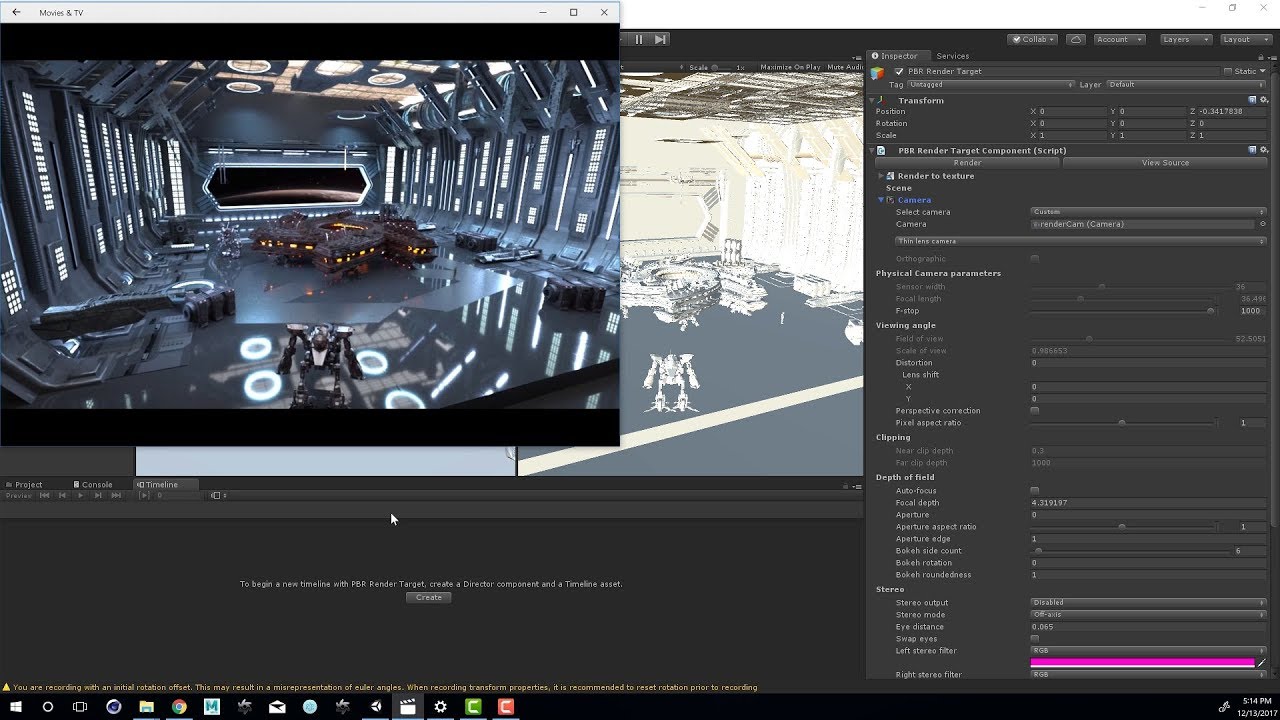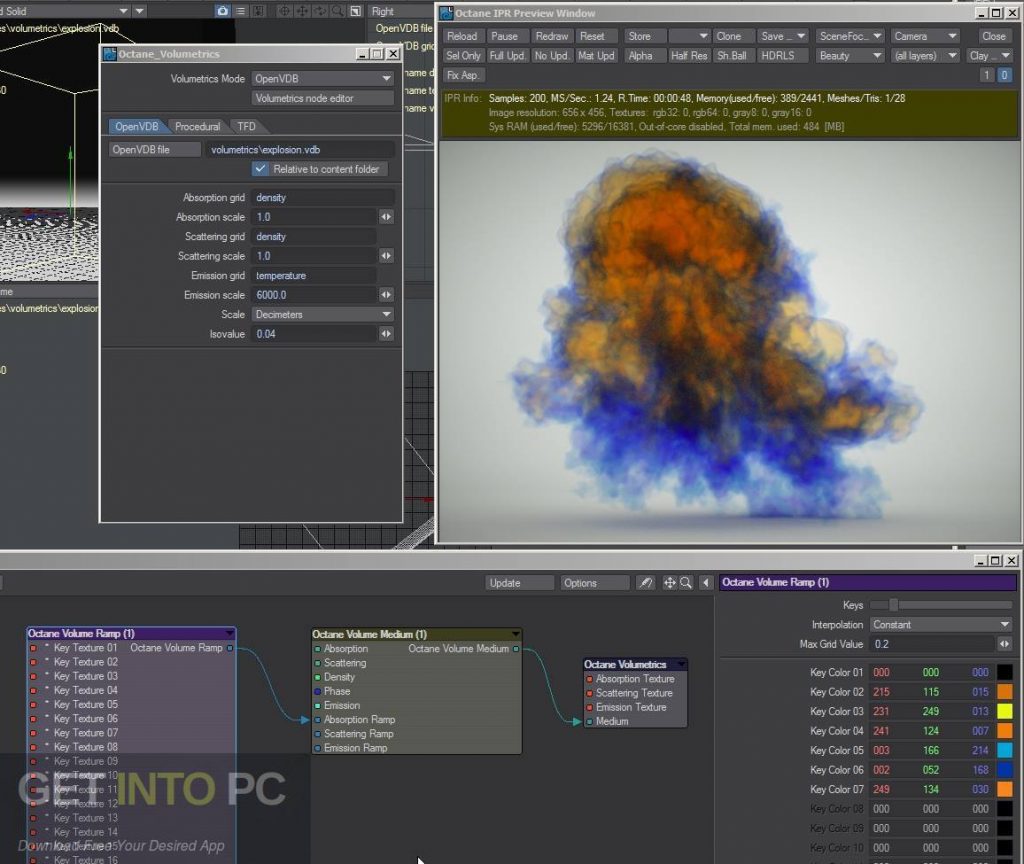


The GPUs used are GTX 1080Ti, RTX 2080Ti and RT3090 with heavy-duty processors having multiple cores to support the heaviest workload. IRender is a Vietnamese company operating internationally that is based on the model of PaaS (Platform-as-a-Service), which rents the GPUs and CPUs on the cloud for 3D rendering. If there’s not enough VRAM, then you can enable OctaneRender’s Out-Of-Core features.Īs OctaneRender does not use the CPU for rendering, a fast multi-core CPU is not required, but it does significantly improve scene-loading speeds.įor Octane Version 3.03.2 or higher, Nvidia GTX Titan X, GTX 1080, GTX 1070 are recommended, and with Octane Version 3.08 or higher, Octane users should use Nvidia RTX or Nvidia Titan V. OctaneRender scales perfectly in a multi-GPU configuration and can use different types of NVIDIA cards at once. GPUs from the GeForce® line are usually clocked higher and render faster than the more expensive Quadro® and Tesla GPUs. It also requires a minimum of 8 GB RAM, and we recommend 16 GB or more.
OCTANE RENDER 4 STANDALONE CRACK DRIVERS
OctaneRender requires the latest CUDA® 10 drivers and a CUDA-enabled NVIDIA® video card with support for compute capability 3.0 or higher. macOS® 10.13.6 High Sierra (NOTE: 10.14 Mojave and 10.15 Catalina do not support NVIDIA CUDA).OctaneRender supports all major platforms: However it is super expensive, so you should consider when it comes to really large jobs.

Octane has an “octane render cloud” which allows their users to send render jobs to Otoy’s GPU render farm via a built-in tool. īesides, Octane has a pretty strong selling point. Plus, there are many other places that you can find support for Octane such as on Quora, or on the official Otoy’s forum.
OCTANE RENDER 4 STANDALONE CRACK UPDATE
It is awesome to see the update in real-time whenever an object, a light added or texture attribute is changed. Especially since Octane uses GPUs to process the rendering.


 0 kommentar(er)
0 kommentar(er)
